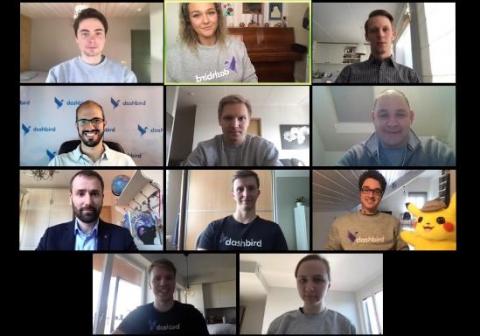MongoDB (and Atlas) vs DynamoDB - 8 Basic Comparisons
Both DynamoDB and MongoDB are NoSQL databases, but the similarities probably end there. In this article, we cover their strengths and weaknesses in 8 basic categories, so that you can decide which one suits best your needs. While the data model behind Mongo is more flexible for storage and retrieval, Dynamo is stronger in terms of scalability, consistent performance under heavy load, and infrastructure abstraction.





